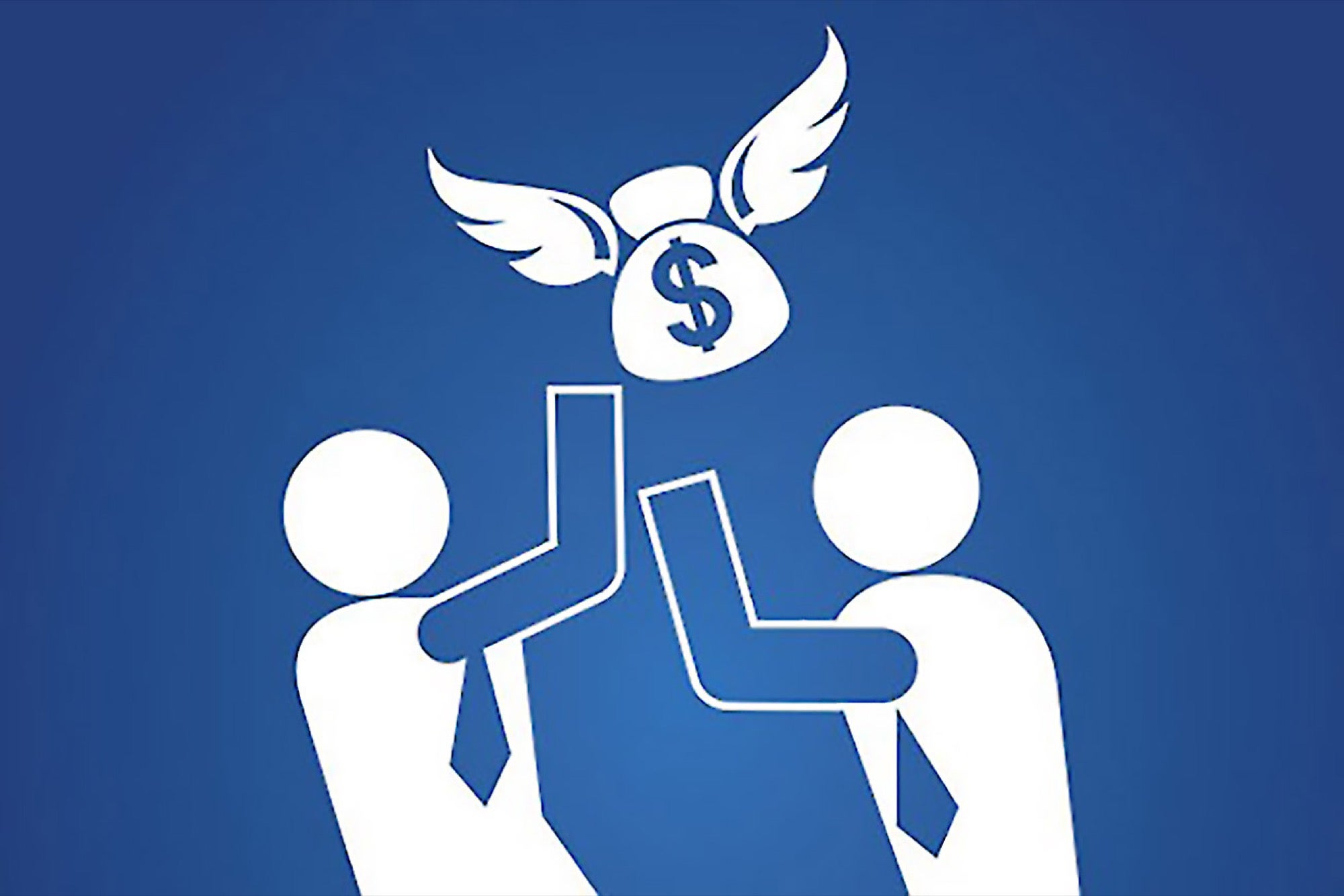How to Make Time Work for You When Pitching for Funds The hour of the day, minutes in a slide and when your idea will pay off will determine whether you'll see any money.
By Harrison Monarth Edited by Jason Fell
Opinions expressed by Entrepreneur contributors are their own.

Timing is everything for a new venture. Hitting an emerging market just as it's gaining traction can make a nascent idea soar (being too early can also spell failure), while runner ups stall out or sink to the bottom of the swiftly-flowing startup stream.
When you consider that only 0.91 percent of startups are funded by angel investors, and a miniscule 0.05 percent are funded by VCs, timing becomes mission critical for an entrepreneur pounding the pavement in search of capital. In the way that a few seconds can kill a comedic riff or squash the loftiest souffle, striking while the investor iron is hot can mean the difference between snapping up seed funding or shutting down the business.
Related: Pitching for Profits: Delivering a Presentation Investors Love
While the pendulum is swinging, peruse these three principles which can be valuable in any presentation where your most persuasive tactics need to coordinate with the optimal time on the clock, or on the horizon.
1. Time of day is important. Much ink has been spilled over the principles of success early bird entrepreneurs share, however you don't need to plan to pitch your idea at the crack of dawn to get the investment worm. Instead, science suggests timing your presentation to ensure that your audience hasn't been sitting for too long. Researchers from Ben-Gurion University followed eight parole board judges and logged the number of approvals vs. denials over the course of nearly a year.
The result: the more time from their last meal, the more likely the judges were to deny the request for clemency. Before you bag up a bunch of donuts to accompany your deck, know that the researchers determined it wasn't just a blood sugar crash that dashed parole chances. The other factor is that making serious decisions, whether it's letting a criminal back out or parting with a sizable sum of money, gives the brain a workout, resulting in cognitive strain. When tired, it's simpler for the subject to say no and move on.
2. The PowerPoint trap. Preparing a pitch deck is de rigeur not only because it's expected -- key aspects of a pitch, from showing potential revenue streams, market share, to visualizations of growth projections are quickly conveyed via a few simple uncluttered slides.
The problem with most PowerPoint presentations, alas, is not just one of overload, where multiple competing ideas and concepts are crammed onto a single slide with font so small, that deciphering the data becomes an exercise in frustration. I'd argue the bigger problem is that most presenters use each of their slides as a guide, to jog their memory to where they are in the presentation, therefore falling into the trap of first clicking the slide, then speaking to it. This creates a situation where pace and narrative flow are constantly interrupted by the speaker referring to (too much) data that is on each slide, rather than clearly telling the company story, supported by the slides.
Related: Avoid the PowerPoint Trap by Having Less Wordy Slides
A simple change in timing can improve any presentation with slides, not just investor pitches. Instead of clicking on a slide and speaking to it, presenters, not to mention their audiences, would be better served by clicking on a slide only after they've begun making their point, and only if the data on the slide supports and enhances that point. This ensures flow and focus on the presenter, as opposed to mind-numbing tracking of slides.
3. Instant gratification vs. long-term gain. Another timing issue entrepreneurs need to overcome is investors' tendency toward near-term thinking. We humans are hardwired to want rewards to come as quickly as possible. It's a cognitive bias that works against a startup founder's best efforts to persuade investors to fund a new idea because they have to sign on for the long haul.
As entrepreneur Blake Masters learned from taking Peter Thiel's Stanford startup class, "VCs are just sacks of meat with the same cognitive biases as everyone else," the best way to tackle this bias is by appealing to both sides of the investor's brain. Their intellect needs to be convinced that the proposal is economically viable, while the reptilian brain firing in fight or flight mode needs to be assured that there is no threat, only the promise of a tasty return on investment.
But even the best timing, care and "feeding" won't turn a mediocre idea into magic with the infusion of investor capital. Kevin O'Leary, renowned investor featured on Shark Tank, noted that the last pitch of the day won't necessarily be turned down because he's tired.
"The million dollar deal yesterday happened on the last presentation, which was at 6 in the evening. It lasted an hour and 20 minutes and the guy walked out with a million dollars," he said in an interview. "When you see a good deal, you get excited and get energy again."











